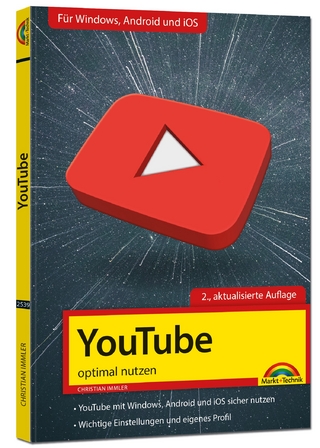
W-CDMA and cdma2000 for 3G Mobile Networks
McGraw-Hill Professional (Verlag)
978-0-07-138513-8 (ISBN)
- Titel ist leider vergriffen;
keine Neuauflage - Artikel merken
As service providers start to build third-generation and UMTS networks, they need a wizard to make sense of elaborate protocols and out-of-context technology reports. 'Excellent coverage: captures the gamut from propagation science to network planning' - Nikil Jayant, John Pippin Chair in Wireless Systems, Georgia Tech. 'For those already installing 3G systems, I recommend it be rushed into print' - Reed Fisher, formerly of Bell Labs and father of the cell phone. 'Engineers will find this is a much-needed integrated approach to understanding 3G technologies' - Ken Smolik, Technology Specialist, Banner & Witcoff, Ltd. This book gives network managers and 3G workers a select background in spread spectrum technology, empowering them to make real-world design, purchasing, and deployment decisions. Assuming only that W-CDMA is the preferred interface, the authors make a point of grounding 3G technologies in the fundamentals of propagation characteristics, physical layer functionalities, and spectrum requirements, so readers can confidently tackle soft handover, power control, sectorization, and message flows.
Written by authors with deep experience in data communications design and development, this jargon-free look at W-CDMA. It spells out what providers must know to enable wireless data speeds 40 times the current level and shows how to integrate U.S., European, and Pacific Rim flavors of 3G for worldwide roaming access. It explains how spread spectrum functions best in data transmission and covers vital links between GSM and W-CDMA systems. It also reviews and unpacks IMT-2000 interface proposals. Worth its weight in paid consultants to wireless carriers, service developers, systems engineers, and telecom managers, this book opens a window on the implications of the air interface in the next-generation network.
McGraw-Hill authors represent the leading experts in their fields and are dedicated to improving the lives, careers, and interests of readers worldwide McGraw-Hill authors represent the leading experts in their fields and are dedicated to improving the lives, careers, and interests of readers worldwide
Chapter 1: Introduction Chapter 2: Propagation Characteristics of a Mobile Radio Channel Chapter 3: Principles of Wideband CDMA (WCDMA) Chapter 4: cdmaOne and cdma2000 Chapter 5: The GSM System and General Packet Radio Service (GPRS) Chapter 6: Universal Mobile Telecommunications System (UMTS) Chapter 7: Evolution of Mobile Communication Networks Chapter 8: Call Controls and Mobility Management Chapter 9: Quality of Service (QoS) in 3G Systems Chapter 10: Network Planning and Design Chapter 11: Beyond 3G Appendix: List of Abbreviations and Acronyms Index
| Erscheint lt. Verlag | 16.6.2002 |
|---|---|
| Zusatzinfo | 100 Illustrations, unspecified |
| Sprache | englisch |
| Maße | 188 x 229 mm |
| Gewicht | 675 g |
| Themenwelt | Mathematik / Informatik ► Informatik ► Web / Internet |
| Technik ► Nachrichtentechnik | |
| ISBN-10 | 0-07-138513-4 / 0071385134 |
| ISBN-13 | 978-0-07-138513-8 / 9780071385138 |
| Zustand | Neuware |
| Haben Sie eine Frage zum Produkt? |
aus dem Bereich


